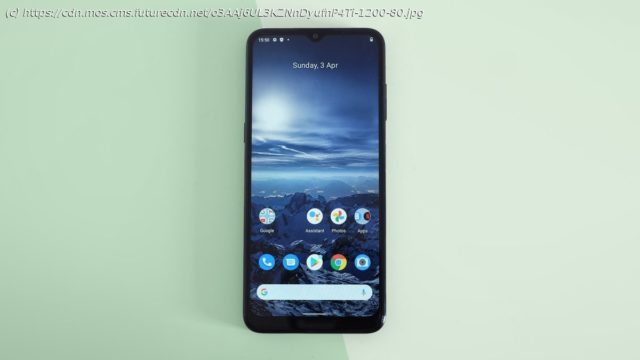The Nokia G21 is a basic, affordable 4G phone, but beyond the price and battery there’s not much to recommend it.
The Nokia G21 is an affordable 4G Android phone, the kind that may make a lot of sense if you want to buy SIM-free, putting an end to the days of paying big mobile bills each month. We’re always game for this kind of Android, but the Nokia G21 isn’t one of the best. The screen is too dull to keep up with rival headsets. It’s something you’ll likely notice every time you use the phone outdoors. Display color is slightly weak, too, although may not prove off-putting if you like a laidback appearance. The Nokia G21 also has an unusual Unisoc processor that means you miss out on 5G. Handling demanding games isn’t this phone’s forte, and in this regard the speaker doesn’t help either; it isn’t loud and it’s rather thin sounding. The Nokia G21’s camera could be worse. It takes passable shots in daylight, with images displaying decent enough colors. However, the rear camera is less interesting than it first appears, offering only one field of view, one ‘zoom style’, making the G21 feel more like a single-camera phone. Its predecessor, the Nokia G20, included an ultra-wide camera; this phone comes without. Battery life is the one true Nokia G21 big-hitting feature. HMD Global (the company behind modern Nokia phones) says this handset can last up to three days from a single charge. Based on our experience, we’d say close to two days is a more realistic expectation to cling to. Nevertheless, that’s still pretty great. The Nokia G21 was announced in February 2022, along with the even cheaper Nokia G11. The latter device is similar, but features a lower-end camera, and may be worth considering if you’re looking for a phone just for the basics. For the G21, you can expect to pay £149.99 / AU$299 (roughly $200), but it’s not currently available in the US. You’re never going to confuse a cheap phone like the Nokia G21 with a high-end one, but there’s a certain admirable honesty in Nokia’s entry-level designs. The Nokia G21 has a lightly ridged plastic rear, one that does not try to pass itself off as glass or metal from a distance. There’s no light-reactive layer, so its appearance is fairly low-key. And the textured rear effect adds some grip. In the previous generation device, Nokia opted for a round camera housing. The Nokia G21 comes with a more unassuming rounded rectangle that sits in one corner of the device. You’re not getting anything too dynamic with the G21, but there are some features to note. The Nokia G21 has a teardrop notch rather than a punch-hole unit. Its side-mounted fingerprint scanner is reliable, and while a beat off the speed of a mid-range Android, it kind of matches the tempo of the phone in general. Along the bottom edge of the Nokia G21 you’ll find a single speaker. It isn’t particularly loud; in fact, it sounds rather thin, and obviously delivers a poorer sound field than a stereo pair. Currently, you’re seeing budget devices include some pretty impressive speakers; the unit here is mediocre. The Nokia G21 has a 6.5-inch LCD screen, and on paper it’s exactly what we’d expect to see in a budget device. It’s a 720p panel, not the 1080p one you’d see included in a phone from a class up. However, in 2022 even fairly cheap display panels can be remarkably good. Sadly, this isn’t the case here. The Nokia G21’s panel is below average, despite having a 90Hz refresh rate that makes menus appear to scroll more smoothly – when they’re not afflicted by mild UI judder, which happens fairly regularly. The color depth is very much “sRGB”, lacking the vibrancy of OLED phones and even plenty of LCD-based units that cost just a little more. We don’t mind this less-saturated look at all – years of reviewing phones and their cameras tends to make you more sensitive to over saturation than the opposite – but you may feel differently. Note, too, that the panel’s native color temperature is cool, leaning towards blueish whites. However, you can tweak this in the Settings menu. We think it looks better with the slider nudged over to “warm”.






